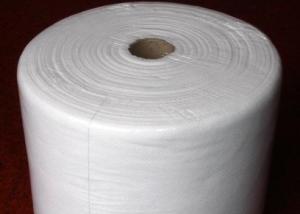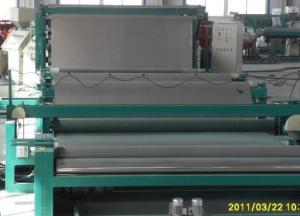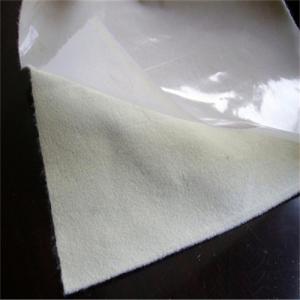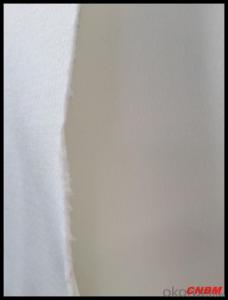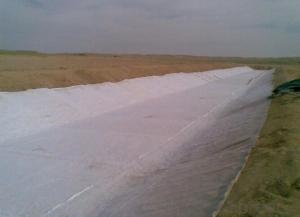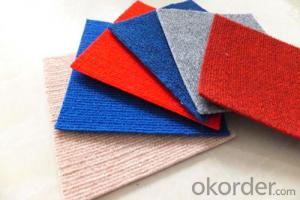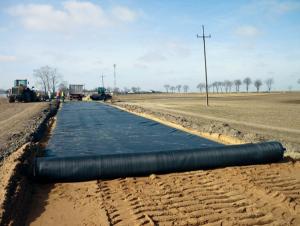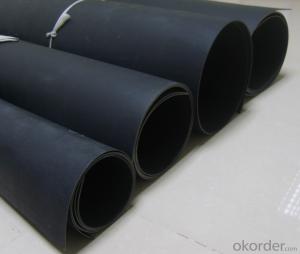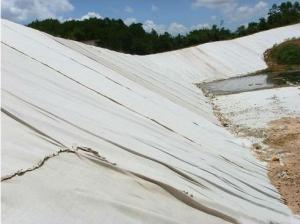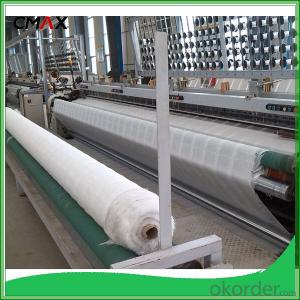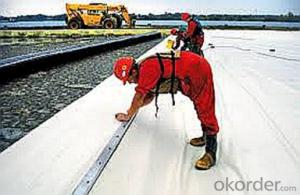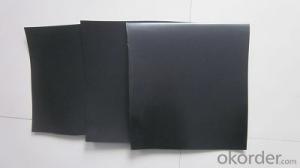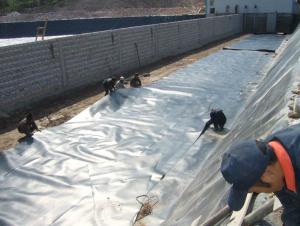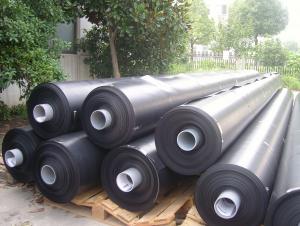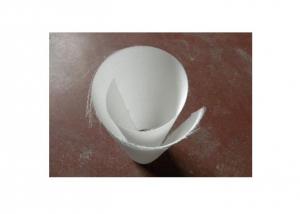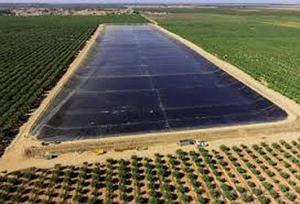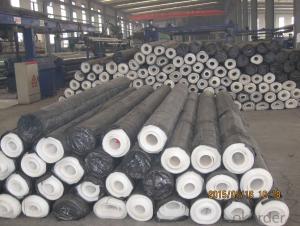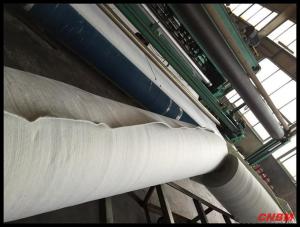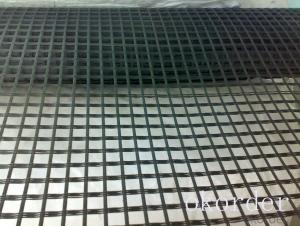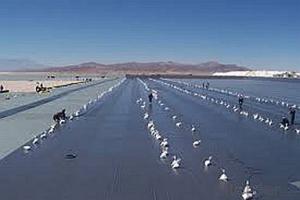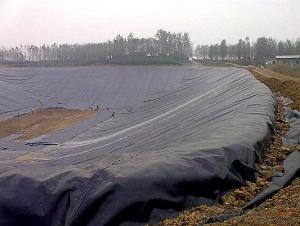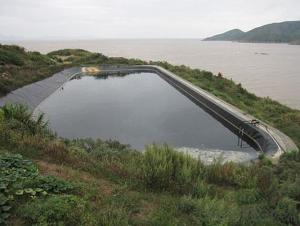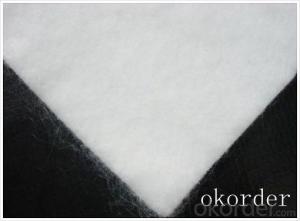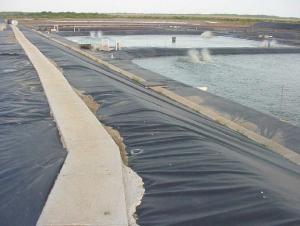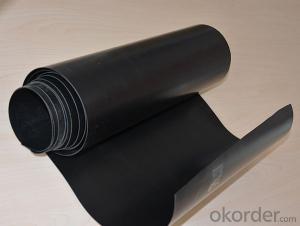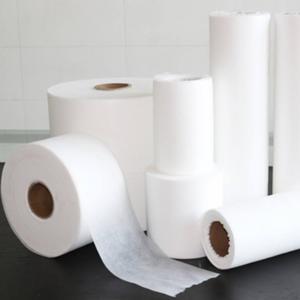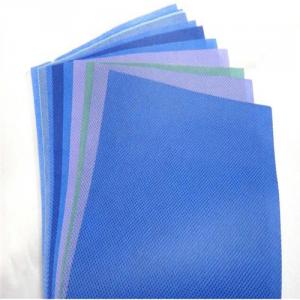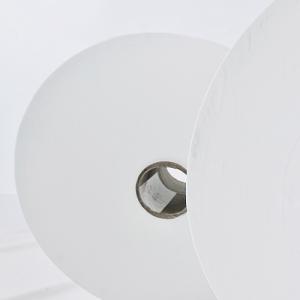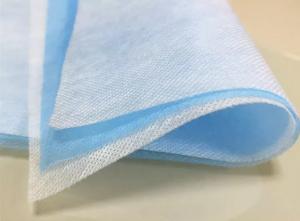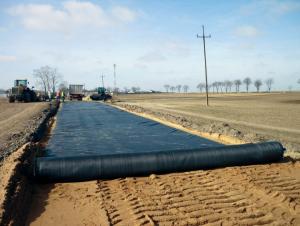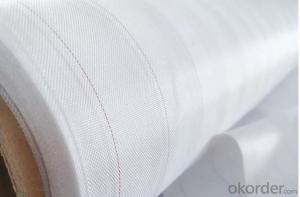Geomembrane Geotextile
Geomembrane Geotextile Related Searches
Geotextile And Geomembrane Geomembranes Geomembrane Materials Terram Geotextile Membrane Geomembrane Material Geomembrane Products Textured Geomembrane Geotextil Y Geomembrana Geomembrane Technologies Geomembrane Systems Plastic Geomembrane Geomembrane Impermeable Permeable Geomembrane Conductive Geomembrane Geomembrane Fabric Impermeable Geomembranes Composite Geomembrane Geocomposite Membrane Geomembrane Liners Geomembrane Drainage Geomembrane Philippines Geomembrane Containment Geotextile Membrane Suppliers Geomembrane Waterproofing Prefabricated Geomembranes Bitumen Geomembrane Geomembrane Machine Wholesale Geomembrane Geomembranas Y Geosinteticos Geomembrane CoverGeomembrane Geotextile Supplier & Manufacturer from China
Geomembrane Geotextile is a composite material consisting of a high-density polyethylene (HDPE) geomembrane layer and a geotextile layer. This product is designed to provide excellent waterproofing and filtration capabilities, making it suitable for various civil engineering and environmental protection applications. Geomembrane Geotextiles are commonly used in landfill liners, canal linings, reservoirs, and other projects where water control and soil stabilization are essential. The combination of the geomembrane and geotextile layers offers a robust solution that prevents water seepage while allowing the passage of air and water vapor, ensuring the long-term integrity of the structure.Okorder.com is a leading wholesale supplier of Geomembrane Geotextile products, offering a wide range of options to cater to different project requirements. With a large inventory, Okorder.com ensures that customers have access to high-quality Geomembrane Geotextile materials at competitive prices. The company's commitment to providing reliable and efficient service has made it a trusted source for Geomembrane Geotextile products in the industry.
Hot Products
